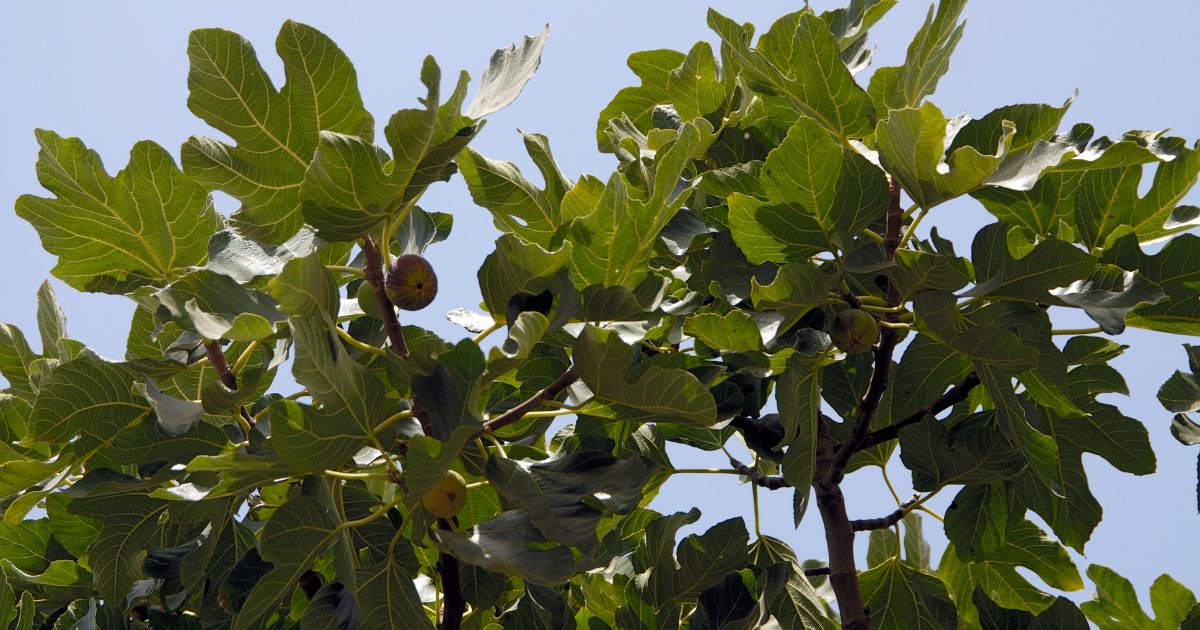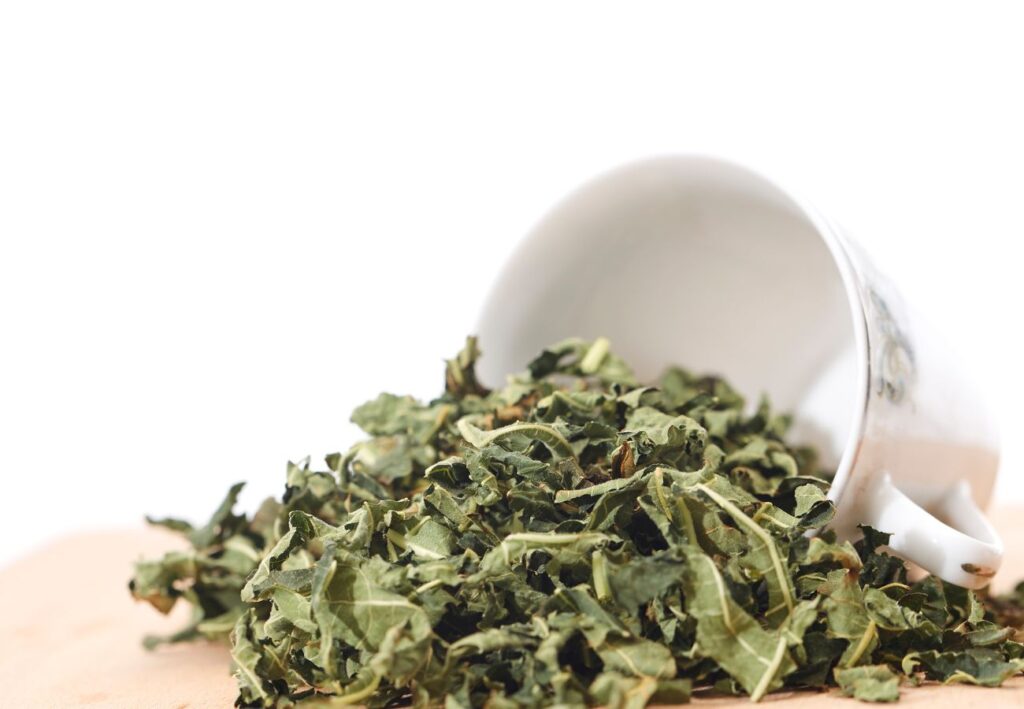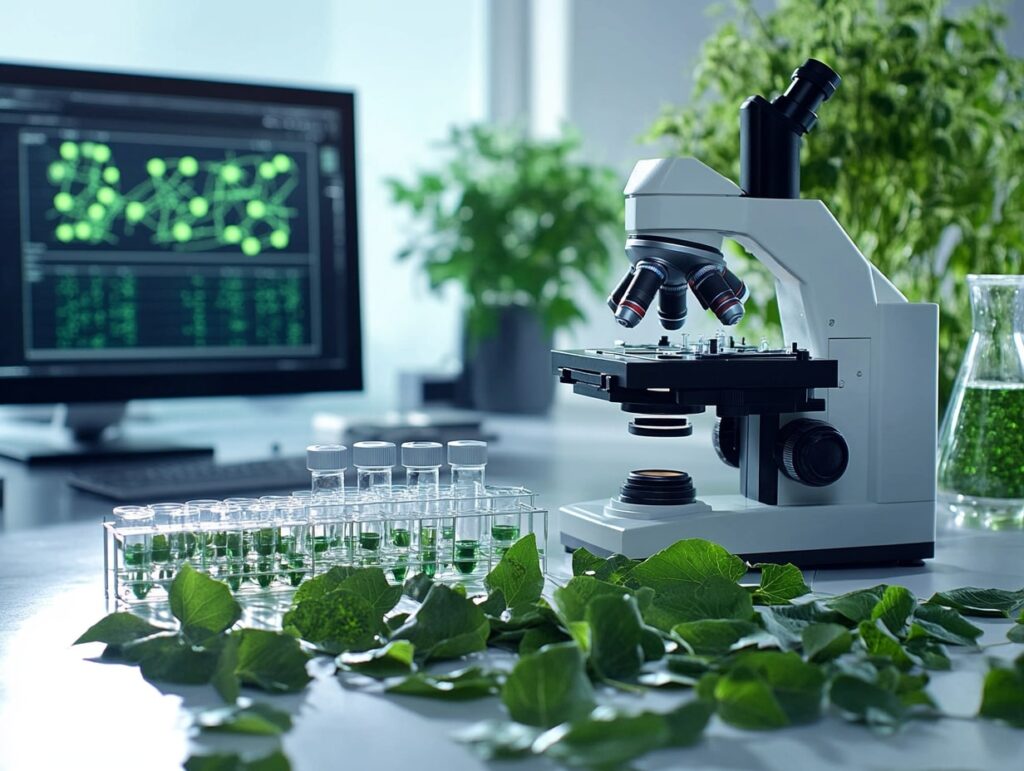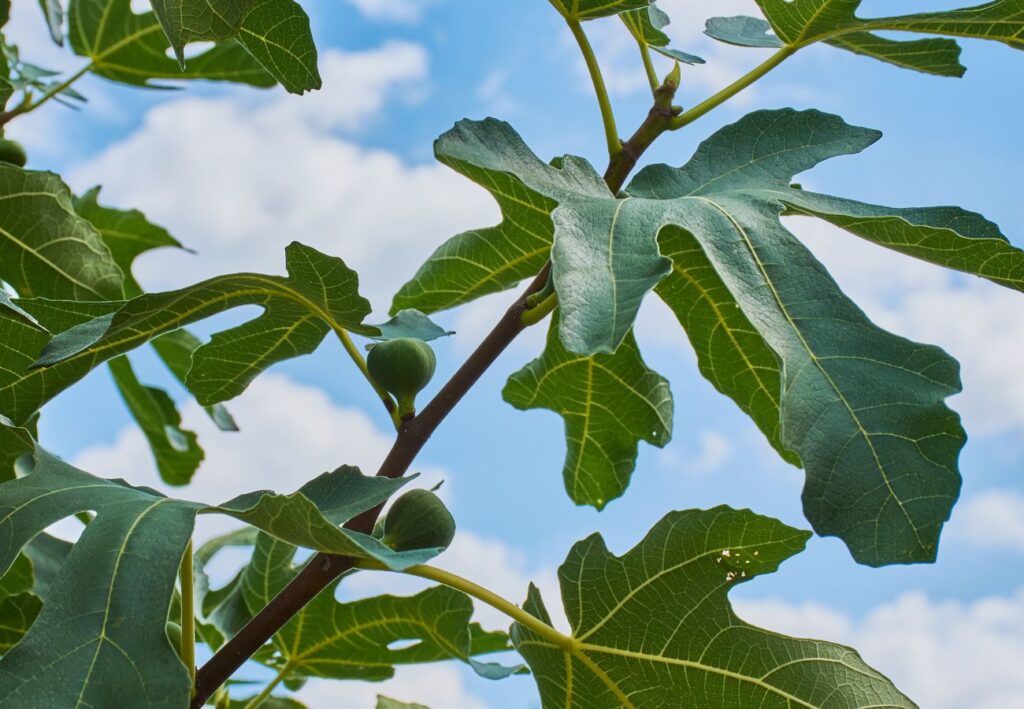You might be surprised to learn that fig leaves are more than just garden greenery. These often-overlooked leaves have a rich history in natural medicine and offer multiple benefits for your health.
From managing diabetes to soothing skin irritations, fig leaves can be a versatile addition to your wellness routine.
Envision a remedy that is both natural and powerful, something you can easily incorporate into your daily life. That’s where fig leaves come into play.
They are loaded with medicinal properties that can help improve overall health, making them a hidden gem in nature’s pharmacy.
It’s fascinating how something as simple as a fig leaf can have such a profound impact. You don’t need to spend loads on expensive treatments when you have access to nature’s bounty.
So, let’s explore what makes fig leaves a potent natural remedy and how you can make the most of their benefits.
The History of Fig Leaves as a Remedy
Fig leaves have a rich history as a natural remedy. Their use dates back to ancient civilizations, and recent interest and research have highlighted their potential benefits.
Ancient Uses and Practices
You can trace the use of fig leaves as a remedy to ancient Egyptian, Greek, and Roman cultures. They were employed to treat a variety of ailments, from skin conditions to digestive issues.
Ancient texts and hieroglyphics describe fig leaf poultices for healing wounds and soothing inflammation.
In Greek and Roman times, fig leaves were often included in medicinal concoctions. They believed that these leaves had purifying qualities and could help in detoxifying the body.
People consumed fig leaves as tea or applied them directly to the skin to harness their healing properties.
Modern Rediscovery and Research
In recent decades, scientific research has rekindled interest in fig leaves. Studies have investigated their potential anti-diabetic, anti-inflammatory, and antioxidant properties. Modern herbalists and naturopaths often recommend fig leaf extracts and teas as a natural remedy.
Clinical trials and laboratory studies have pointed to fig leaves’ ability to regulate blood sugar levels. Researchers are exploring how the bioactive compounds in fig leaves can help manage diabetes and support overall wellness.
By integrating ancient knowledge with modern science, the potential for fig leaves as a natural remedy continues to grow.
Understanding the Fig Tree
The fig tree, known for its broad, vibrant leaves and sweet fruits, offers multiple benefits, especially through its often-overlooked leaves. Fig leaves are rich in nutrients and possess unique botanical characteristics.
Botanical Characteristics
The fig tree (Ficus carica) is a deciduous tree that can grow up to 30 feet tall. It has smooth, gray bark and large, lobed leaves that are around 12 inches long. These leaves are usually deep green and help the tree thrive in various climates.
Fig trees are relatively easy to grow and can adapt to both temperate and tropical environments.
Fig trees bear small, unisexual flowers hidden within the fruit, which is technically a syconium. This unique structure supports numerous tiny flowers inside. Pollination requires a specific wasp species, which enters through a small opening at the fruit’s base.
This fascinating relationship between the fig tree and its pollinator underscores the tree’s ecological significance.
The Nutrient Profile of Fig Leaves
Fig leaves are packed with nutrients that may benefit your health. They are rich in vitamin A, vitamin B1 (thiamine), and vitamin B2 (riboflavin). They also contain minerals like calcium and iron, which are essential for bone health and blood production.
Another important nutrient in fig leaves is dietary fiber, which aids digestion.
These leaves also possess bioactive compounds such as flavonoids and polyphenols, which contribute to their antioxidant properties. Antioxidants help fight free radicals in your body, potentially reducing the risk of chronic diseases.
Using fig leaves in teas or salads can be a delicious and nutritious addition to your diet.
Table: Key Nutrients in Fig Leaves
| Nutrient | Benefit |
|---|---|
| Vitamin A | Vision, skin health |
| Vitamin B1 | Energy metabolism, nerves |
| Vitamin B2 | Red blood cell production |
| Calcium | Bone health |
| Iron | Blood production |
| Dietary Fiber | Digestive health |
Incorporating fig leaves into your meals provides a natural way to boost your nutrient intake and benefit from their unique properties.
Health Benefits and Uses
The benefits of fig leaves go beyond their nutritional profile. They can help regulate blood sugar, offer antioxidant properties, and have anti-inflammatory effects.
Blood Sugar Regulation
Fig leaves have been found to help regulate blood sugar levels. This makes them particularly useful for people managing conditions like diabetes.
Their effectiveness in slowing glucose absorption can be attributed to their high fiber content. Consuming fig leaf tea or extracts can reduce post-meal blood sugar spikes.
Integrating fig leaves into your diet may help you maintain a balanced glucose level. It is always best to consult with a healthcare provider before making any changes, especially if you have a pre-existing condition.
Antioxidant Properties
Fig leaves contain a rich array of antioxidants. Antioxidants play a crucial role in protecting your cells from damage caused by free radicals. This protection is essential for reducing the risk of chronic diseases like cancer and heart disease.
The polyphenols and flavonoids in fig leaves are responsible for these benefits. Drinking fig leaf tea or using fig leaf extracts can help your body combat oxidative stress more efficiently.
You’ll find that incorporating fig leaves into your diet can be a simple way to boost your antioxidant intake.
Anti-Inflammatory Effects
Inflammation is a common response to injury or illness. However, chronic inflammation can lead to various health issues, including arthritis and autoimmune diseases. Fig leaves possess anti-inflammatory properties that can help reduce inflammation in your body.
These leaves contain compounds like coumarins which have been shown to inhibit pro-inflammatory enzymes. Regular consumption of fig leaf tea or extracts can provide natural relief from inflammatory symptoms, promoting a healthier and more comfortable lifestyle.
Always check with your healthcare provider before starting any new herbal remedy.
Culinary Applications of Fig Leaves
Fig leaves are more than ornamental; they offer unique flavors that can enhance your cooking. Their versatility shines in beverages and as a creative ingredient in various dishes.
Infusions and Teas
Fig leaves can be used to brew delightful teas and infusions. You may want to try fig leaf tea, which has a mild, slightly nutty flavor and offers numerous health benefits. Simply dry the leaves and steep them in hot water for several minutes.
The tea can be enjoyed hot or as a refreshing iced beverage. Another way to use fig leaves in drinks is by infusing syrups or spirits, adding a subtle, aromatic complexity to cocktails.
Creative Cooking with Fig Leaves
In culinary uses, fig leaves can impart a wonderful flavor to meats and vegetables. Wrapping fish or poultry in fig leaves before grilling or baking not only infuses the food with a delicate taste but also keeps it moist.
This method is especially popular in Mediterranean and Asian cuisines.
You can also use fig leaves as a base for steaming ingredients, providing a subtle yet distinct flavor. Try adding fig leaves when cooking rice or grains for an unexpected twist.
The leaves can even be used in desserts, such as fig leaf ice cream, adding a unique, aromatic profile that will surprise your taste buds.
Growing and Harvesting Fig Leaves
Cultivating fig leaves involves choosing the right location and soil type. Harvesting them requires timely and careful picking to ensure the best quality.
Cultivation Tips
When planting fig trees, select a location with full sun exposure for at least 6 to 8 hours a day. Figs thrive in well-drained soil that is slightly acidic to neutral (pH 6.0-7.5).
Spacing is crucial; plant fig trees about 15-20 feet apart to ensure good air circulation and growth. Regular watering promotes healthy leaves, but avoid waterlogging.
Pruning helps manage size and shape. Trim in late winter to remove dead or overcrowded branches. Fertilize with balanced nutrients during the growing season for optimal leaf health.
Harvesting Guidelines
Harvesting fig leaves should be done in the morning after the dew has dried. Use clean, sharp scissors or pruning shears to cut leaves, leaving some stem attached. Target mature, green leaves.
Avoid picking diseased or damaged leaves. Storage is simple: air-dry leaves by spreading them out in a single layer on a mesh screen, or use a dehydrator.
Store dried leaves in an airtight container in a cool, dark place to maintain their quality. Fresh leaves can be refrigerated for up to a week.
Fig leaves are far more than just a backdrop to the sweet fruits they accompany. With a history rooted in ancient medicine and a growing body of modern research supporting their benefits, fig leaves stand out as a valuable natural remedy.
Whether you’re managing blood sugar levels, seeking anti-inflammatory relief, or simply looking to enhance your meals with a unique flavor, fig leaves offer a versatile and potent option.
By incorporating these often-overlooked leaves into your wellness routine, you can tap into nature’s pharmacy and enjoy a healthier, more balanced life.
So, the next time you find yourself near a fig tree, remember that its leaves might just be the hidden gem your health regimen has been missing.











